When autumn comes, the communes of Trung Khanh, Dam Thuy, and Dinh Phong put on a golden coat of sunshine, wind, and ripe chestnuts. In this famous "capital" of chestnuts, people not only find a fragrant specialty, but also find a long story about ancient chestnut trees, about the lives of rural people in the East of the province, and the desire to get rich on their own land. |
Chestnut trees in Trung Khanh district (old) have gone through ups and downs, from a naturally growing tree to a key crop, bringing high economic value to many families. However, the journey for chestnut trees to shine is a long story, with ups and downs and even paradoxes. This is the story of the journey to awaken a great potential, from natural chestnut trees being raised to become a tree that brings wealth and changes the lives of thousands of households.
From ancient trees to high economic value crops
In September and October, when the cool breezes begin to creep through the limestone cliffs, the chestnut forests in the communes of Trung Khanh, Dam Thuy, and Dinh Phong begin their fruit ripening season. The air here seems to become thicker because of the pungent aroma of the chestnuts hanging from the branches, a rustic yet strangely alluring scent. Chestnuts in the eastern communes of the province (often called Trung Khanh chestnuts) have a very unique appearance, an unmistakable identity. They are not as big and round as chestnuts in other places. The outer shell is covered with sharp, hard thorns. When the fruit is ripe, the thorny shell will split open, revealing 3-4 seeds, a dark brown silk shell, covered with a layer of soft, velvety hair. Just peel off the hard shell to see the plump, yellow kernel. People here often say that chestnuts are most delicious at the beginning of the season. At that time, the chestnuts are both chewy and have a very distinctive sweet taste. The chestnuts are roasted, the aroma spreads throughout the house, seeping into every corner of the kitchen. When eating, you can feel the rich, slightly sweet taste, and feel all the quintessence that the earth, sky, rivers and streams have gathered and converging for this land.
In Ban Khay hamlet, Dam Thuy commune, perhaps no one understands and is more attached to chestnut trees than Mr. Nong Van Huan. This man, who is over sixty years old, is the owner of more than 300 chestnut trees, the most in the commune. In each of his gardens, although not large, it has become a "living museum" with more than a dozen ancient chestnut trees, the trunks of which two people cannot hug. One of them has been honored as a Vietnam Heritage Tree. "These trees were left by my ancestors, so they are more than a hundred years old," Mr. Huan proudly pointed to a rough, mossy chestnut tree, bearing the traces of time. This chestnut tree is very strange, it is like the old people in the village, the older it is, the more valuable it is, the more experienced it is. Young trees take dozens of years to bear fruit, but these ancient trees bear fruit every year, the fruit is big, the seeds are plump, and the taste is much sweeter.

For Mr. Huan and his family, the chestnut garden is not only a source of livelihood but also a memory, a legacy left by their ancestors. Every year, just from selling chestnuts, his family has a stable income of 80-100 million VND. There are years when the harvest and price are good, that figure reaches nearly 200 million VND. What is special is that he does not have to work hard to sell. Every season, tourists from everywhere, and agencies, units, and localities come to his house to order as gifts. Trung Khanh chestnuts are famous, there are not enough to sell, Mr. Huan shared. This year, at the beginning of the season, I picked more than 50 kg that customers ordered. The price at home is 150,000 VND/kg.
Like Mr. Huan, Dam Thuy commune has 525 households that are thriving thanks to chestnut trees. It is not only a familiar gift in every family, but has truly become a tree that brings wealth, helping many people escape poverty. However, to achieve its current position, the Trung Khanh chestnut tree has gone through a journey full of ups and downs. History records that, since the beginning of the 20th century, chestnut trees have been the region's strong fruit tree. During the 1960s and 1970s, the chestnut area in the entire region reached 1,600 hectares, managed by forestry farms and cooperatives. That was the period when chestnut forests were vast, promising a prosperous future. However, what followed was a long period of decline. Due to many reasons, the chestnut area gradually shrank. By the late 1990s and early 2000s, despite the support of reforestation projects to develop again, the situation was still not optimistic. Many chestnut areas have degraded due to poor quality seedlings and improper planting and care techniques. By 2016, the entire Trung Khanh district (old) had only 242.5 hectares of chestnuts left for harvest - an alarming number.
In recent years, when the value of chestnuts has been affirmed in the market, along with the intervention of the government and support policies, chestnut trees have really revived strongly. But even with the revival, a big paradox still exists.
Concerns behind the sweet fruit season
Stories of successful chestnut cultivation and high income from the people have lit up hope. However, behind the sweet taste of chestnuts and the joy of some farmers, there is a worrying reality: Trung Khanh chestnuts are always in a state of "supply not meeting demand". Tourists coming to Cao Bang in the fall, everyone wants to buy chestnuts as gifts. Large restaurants and hotels also hunt for this specialty fruit. The demand is high, but the output is too low. According to statistics, the entire key area of 3 eastern communes of the province currently has about 700 hectares of chestnuts, but the harvested area is only about 570 hectares. With an average yield of only 2.5 tons/ha, the total output each year is only about 1,400 tons, a very modest number compared to the potential.
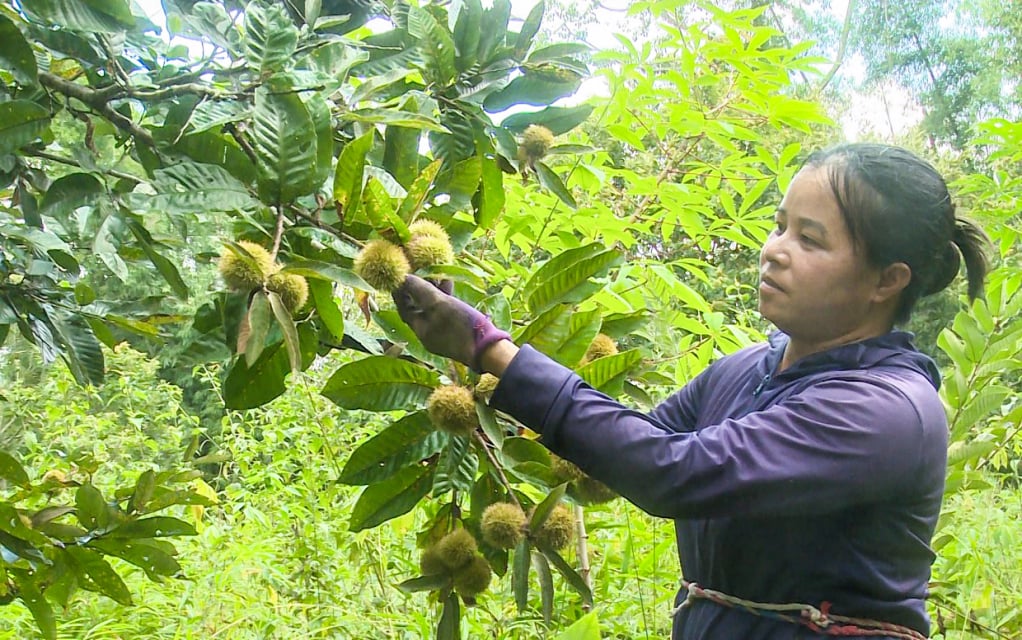
Deputy Head of the Economic Department of Dam Thuy Commune, Nong Thi Ngan, who has been struggling with chestnut trees for many years, pointed out a series of "bottlenecks" that need to be untied. There are many reasons, the first is people's awareness. Many people still have the mindset of waiting and relying on the support of the State. Next is science and technology. Although they have been trained, many households only send one person to study, and do not disseminate it back, so they mainly cultivate according to traditional experience, leaving it to the elements. After planting, the trees are left naturally, without fertilizer, pruning, or shaping the canopy, so the yield is very low. Some other reasons are the complex and fragmented terrain, making it difficult to care for and harvest. Many people still keep the habit of self-cultivating from seeds. Although this method preserves the native gene source, the trees have a long life, but the disadvantages are low germination rate, slow fruiting and uneven quality. In addition, although the economic value has been confirmed, investing in planting new chestnut trees requires a large amount of capital and perseverance over many years. This becomes a barrier for many poor and near-poor households.
The sweetness of Chongqing chestnuts is famous far and wide, but behind it lies a troubling paradox: a specialty that is always "out of stock", while the lives of a segment of farmers still face many difficulties. Problems with output, technology, capital and production practices have become major barriers, hindering the development of key crops.
Faced with these challenges, a transformation is taking place, starting from policy capital, high-tech nurseries and changes in people's farming mindset. How to solve these bottlenecks, to turn the potential into a spearhead economic sector, so that chestnuts are not only the pride but also the sustainable wealth of the people in the northern communes of the province.
Final episode: Development from synchronous policies
Source: https://baocaobang.vn/nang-tam-cay-de-tro-thanh-cay-lam-giau-ky-1-3181966.html


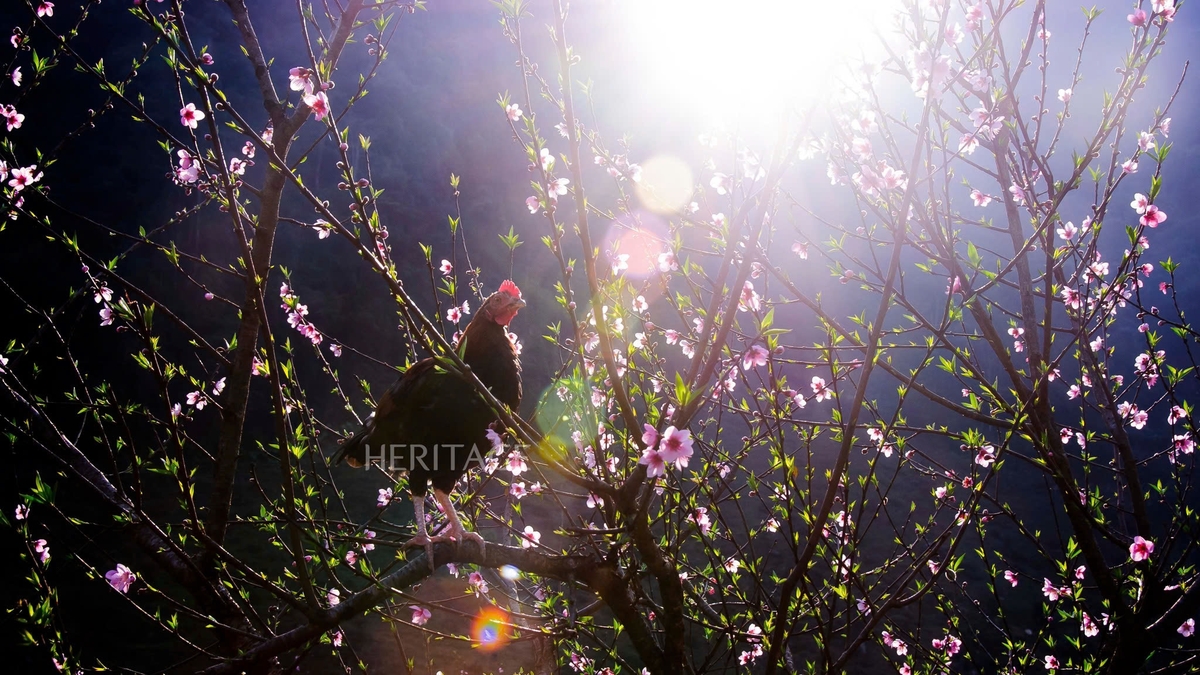



![[Photo] Closing of the 14th Conference of the 13th Party Central Committee](https://vphoto.vietnam.vn/thumb/1200x675/vietnam/resource/IMAGE/2025/11/06/1762404919012_a1-bnd-5975-5183-jpg.webp)






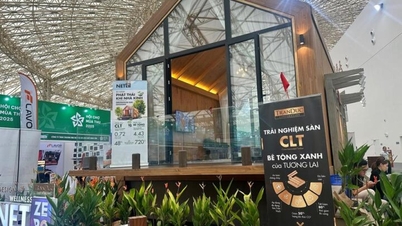








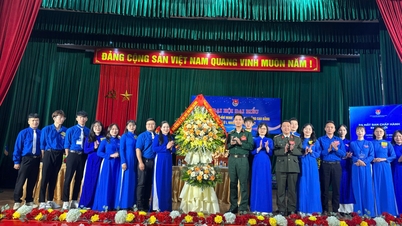




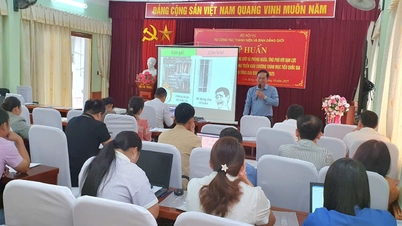


















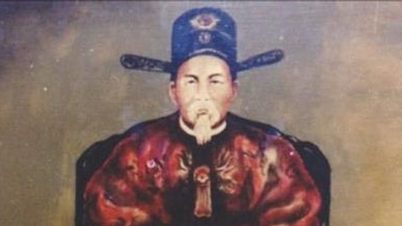




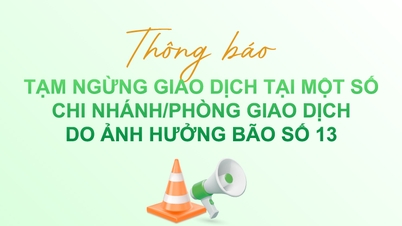






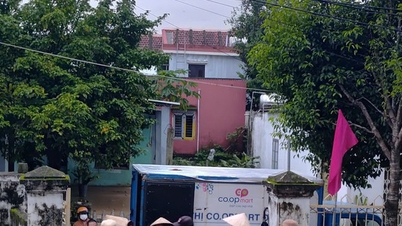
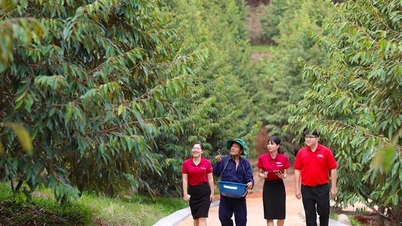









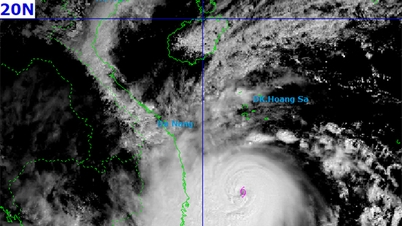




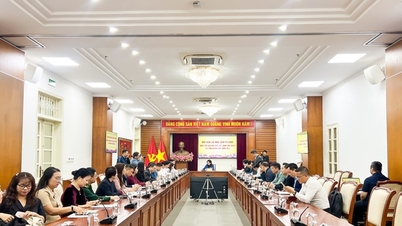










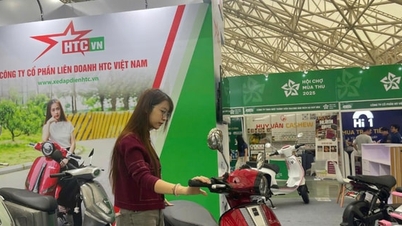

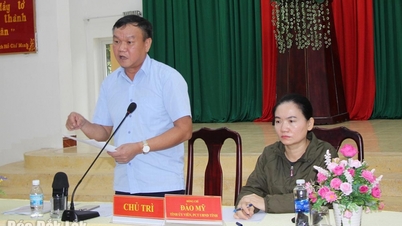



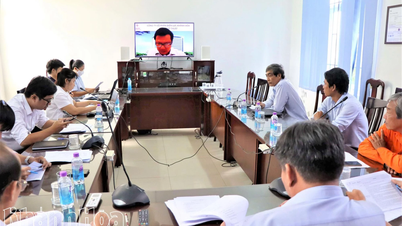
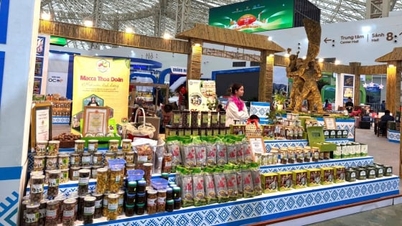











Comment (0)